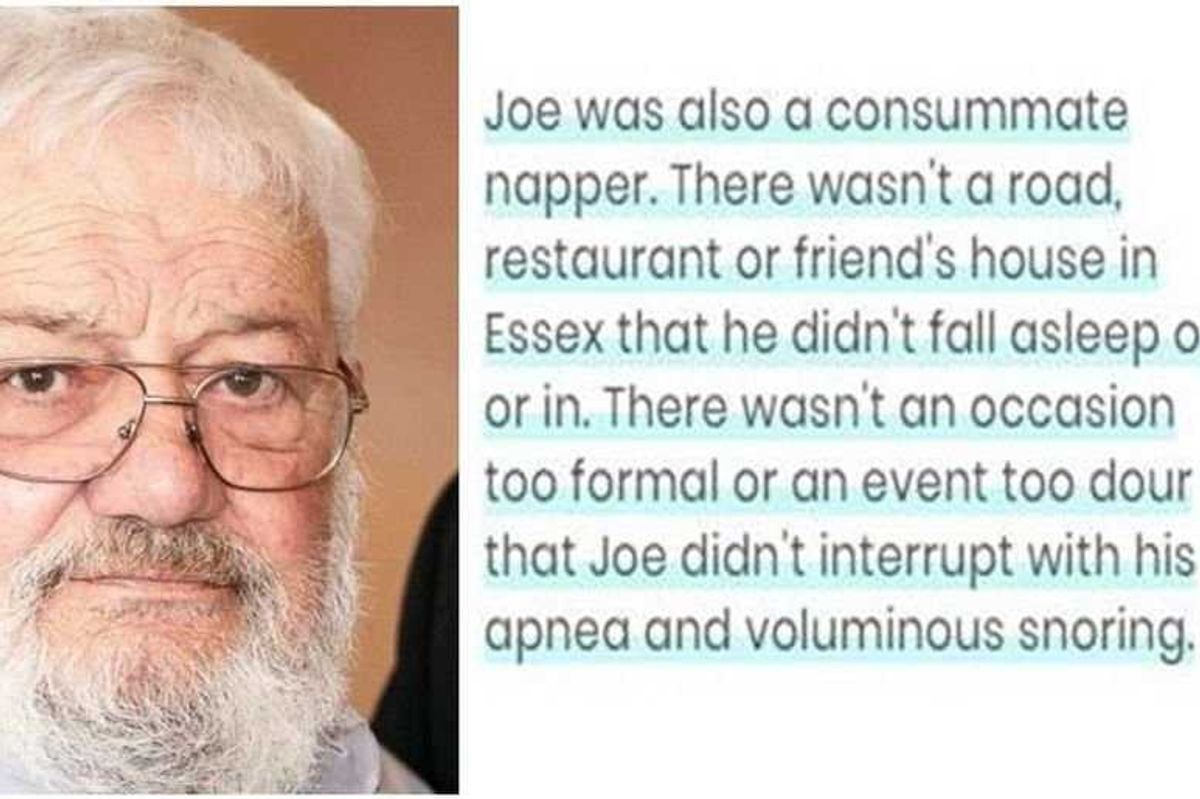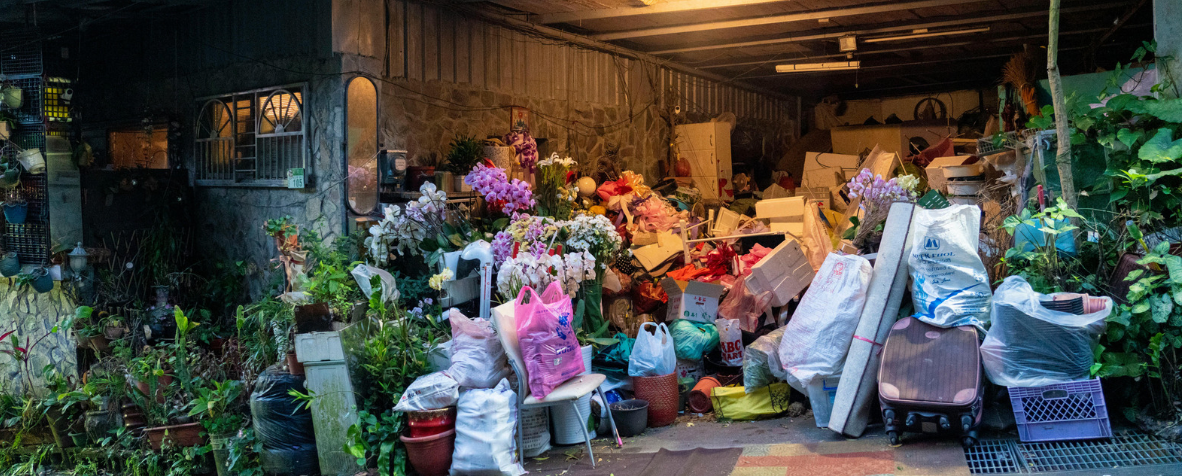These girls are achieving things they never thought they could thanks to this NYC club.
Manhattan’s Lower East Side today doesn’t look anything like it did just a few decades ago.
The '60s and '70s were an especially chaotic time with residents leaving in droves. Disinvestment in the area was devastating for the community — an impact that would be felt for decades.
Many of the social services agencies that the community relied on also began shutting their doors not long after the mass exodus. This meant that the Lower East Side — specifically the eastern edges of the community, which still has some of the highest rates of poverty in the city — was struggling.
Some agencies did manage to stay open over the years. Among them was the Boys Club of New York (which had two different facilities); it offered a safe haven for boys, especially those hit hardest by the economic crises of the time. But local girls were left without a support system.

“There were no services in the neighborhood ... [and] no spaces for girls to attend after school,” explains Valerie Polanco, senior development partner at the girls club.
In 1996, a group of mothers, activists, and artists decided to do something about it.
First, they filled a shopping cart with art supplies and started pushing it around the neighborhood.
Without a center of their own and having only a miniscule budget, volunteers ran programs out of schools, church basements, community rooms, and other borrowed spaces — their cart filled with supplies in tow.
From there, they moved into a physical center in 2013, which they named the Lower Eastside Girls Club. It gave girls the services and space — including after-school programs, career and educational services, and wellness activities — they so badly needed.
Today, the Lower Eastside Girls Club offers over 50 programs a week to middle-school and high-school girls, including STEM programs. They also have a planetarium and an art studio.
“We want to give girls the tools now so that when they leave here they have a sense of the direction that they want to go in,” Polanco explains.
In addition to educational programs, the club offers field trips and mentorship opportunities, including from companies like Maybelline, to help girls get on the path to the careers of their dreams.
Many of the girls served by the club grew up in the shelter system, came from immigrant families, or have lived in poverty. These are girls who so often slip through the cracks. However, with access to tools like those available at the club, they can imagine a brighter future.
The club also offers a safe space that many of the girls wouldn't have otherwise.
“If you’re in the shelter system, you don’t know where you’re going to end up or where you’re going to be next year,” Polanco says.
“[The club] is consistency in their lives. If they move somewhere else, we’re always going to be here, and we’re always going to be a place they can come back to.”
The impact is undeniable. Girls who joined the club have gone on to do incredible things.
One girl, Aicha — whose family emigrated from Guinea — filmed her own documentary in which she highlights the seriousness of female genital mutilation in her country of origin. And another girl, Amerique, has taken an interest in music production and is now a part of the club's new record label, having recently released a song written by an 11-year-old girl.
These are just a few examples of the extraordinary things girls can do when given the resources and mentorship they need.
“We want this to be a space for them to grow, a place for them to dream, and a place for them to reach their full potential,” Polanco says.
It’s not easy being a teenage girl today. But for girls facing the most difficult of circumstances, a safe, nurturing space can change the course of their lives.
It takes a village to push back against a culture that conditions girls to believe they aren’t good enough. But with places like the Lower Eastside Girls Club offering resources and mentorship, many more girls will have what they need to make their dreams a reality.
For working class and immigrant communities on the Lower East Side, where girls once had nowhere to go, that safe space can be the difference between being trapped in the cycle of poverty or escaping it.
When they’re given a real chance to achieve their dreams, their futures are limitless. Whether they want to be a documentary filmmaker, a scientist, a chef, or an artist, the Lower Eastside Girls Club can offer them that first step in the right direction.



 TikTok · Ale
TikTok · Ale

 Joe Heller and a doctor talking to a patient.
Joe Heller and a doctor talking to a patient. A man proposing to a woman at sunset.via
A man proposing to a woman at sunset.via  A hoarder's garage.Image
A hoarder's garage.Image 

 Phone charging.
Phone charging. bill nye chemistry GIF by NETFLIX
bill nye chemistry GIF by NETFLIX 
 Autumn created this piece when she was just 5 years old.Autumn de Forest
Autumn created this piece when she was just 5 years old.Autumn de Forest  Autumn de Forest paints Autumn de Forest
Autumn de Forest paints Autumn de Forest  An Autumn de Forest paintingAutumn de Forest
An Autumn de Forest paintingAutumn de Forest 
 Autumn de Forest stands with the Pope who looks at one of her paintings Autumn de Forest
Autumn de Forest stands with the Pope who looks at one of her paintings Autumn de Forest 
 Jim Carrey Idk GIF
Jim Carrey Idk GIF  A young Adriano Celentano singing on stage By Collezione Biblioteca Comunale G.D. Romagnosi, Salsomaggiore Terme, Public Domain,
A young Adriano Celentano singing on stage By Collezione Biblioteca Comunale G.D. Romagnosi, Salsomaggiore Terme, Public Domain,